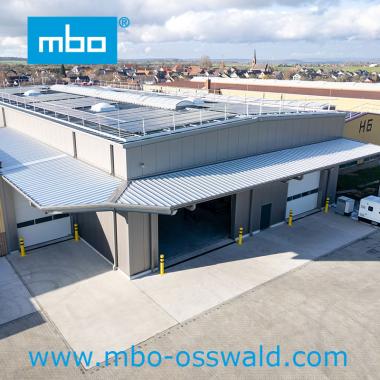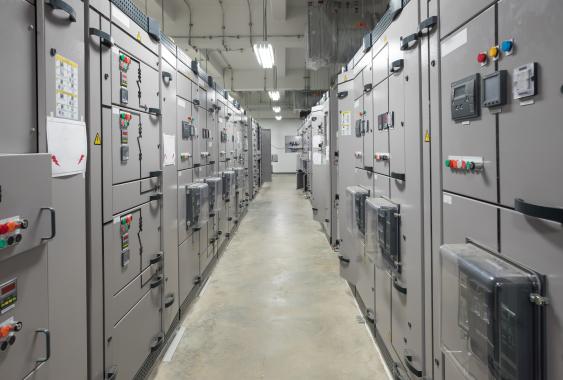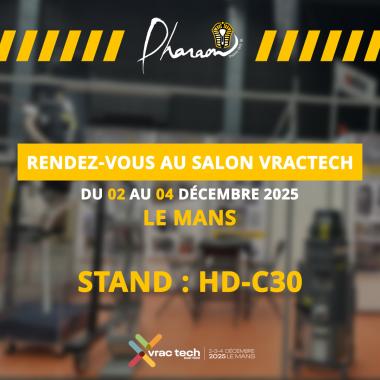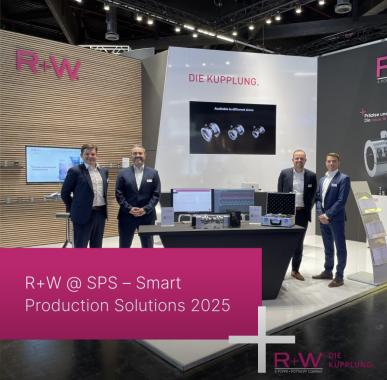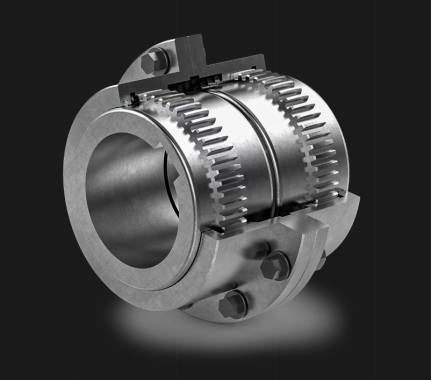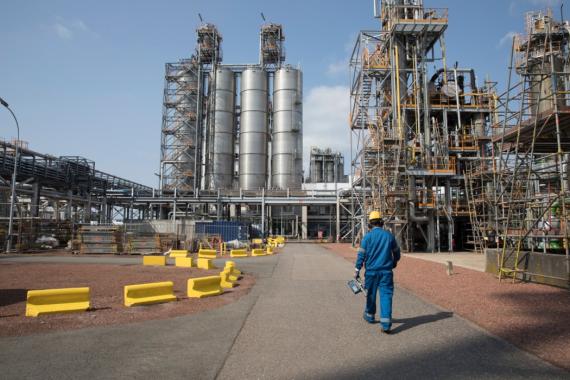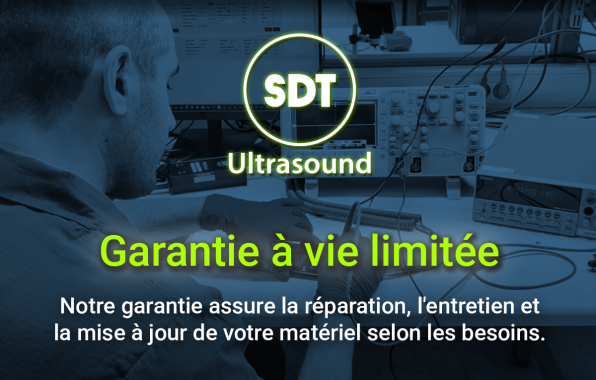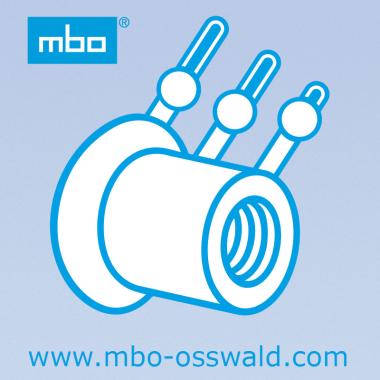“Robotics will be a key element in reshoring and competitiveness”

"Cobotics responds to very strong flexibility issues"
With a rich professional career behind her, Jade Le Maître became, in March 2022, general manager of the Proxinnov technological resource center in Vendée . This structure, unique in the French robotics landscape , allows companies to experiment with the capacities of the latest generation robots with a view to integrating them into their industrial projects. Links with employment, sectors concerned… Jade Le Maître deciphers the strengths of this booming sector.
Can you go back on your journey?
I started my career in the German automotive industry then I made a foray into research with a project around human-robot collaboration. I always knew I wanted to start my own business. So I wanted to add several strings to my bow by turning to scientific communication and events . Then I set up a service robotics company with a partner in 2016 called Hease Robotics . In mid-2019, the adventure came to a halt due to a fire which destroyed all the premises. I then rebounded in a service company as director of Emerging technologies (IA, cloud and connected objects). Then the Proxinnov adventure began.

Can you introduce Proxinnov?
Proxinnov has a double role. With that of cluster, we lead the industrial robotics sector without bias . Proxinnov was created to support VSEs and SMEs in their robotization. Robotization is there to help the relocation and competitiveness of French industry. We also have a technological resource center cap. With our teams and our 1000 m² pilot plant, which has around ten different robotic cells, we support manufacturers on the path to robotization. These manufacturers, VSEs and SMEs, have flexibility and production issues that are not easily addressed by traditional robotics. We therefore offer pragmatic solutions with a fast ROI so that they can take advantage of robotic technologies in order to be more competitive.
Are robotics and employment reconcilable in your opinion?
It's a big yes. We are often asked this question. The problem for manufacturers is recruitment. Robotization is their answer to be able to continue to exist. Moreover, the manufacturers we support are job creators. Often, they ask us: how do I upgrade my operators' skills? How to value them? I have the example of a leading manufacturer in modular building who had a problem with welding. His welder was in charge of welding huge metal frames, a time-consuming and demanding task. Now, he supervises two robots and intervenes only when his expertise is required. He has gained skills, performs less physically demanding tasks and his business is more productive. In addition, the installation of these robots mobilized a varied workforce: an integrator, the equipment supplier, the maintenance team, not to mention the welder's trainer. When you introduce a robot into a factory, you feed an entire ecosystem.
Robotics is constantly growing. In which sectors will we see a new robotization?
Robotics will experience even greater growth in the years to come. The entire ecosystem realizes the need for an efficient, clean, sustainable and sovereign industry. The shortage of recruitment and the need to relocate are two major trends that will continue to fuel the boom in the robotics market in France. And in this momentum, the fastest growing segment – between 15 and 30% according to the analyzes – is cobotics . With its ease of handling, installation and reconfiguration, cobotics responds to very strong flexibility challenges . It mixes the best of robotic technologies with the best of modern human-machine interaction technologies. The interfaces are ergonomic and more attractive for the younger generation. The ease of handling is one of the great advantages of this technology, which also incorporates all the security elements.
Are certain sectors more demanding than others?
Yes, electronics in particular, which is booming and which benefits from a major national plan. But the flagship application of the cobot at present is the palletizer, that is to say the grouping of goods on a pallet. At a show like Global Industrie, you see them everywhere. Historically, this existed in sectors with high cadence and series. But today, thanks to cobots, the smallest companies, which have to change their palletization plan from one day to the next, can access this type of tool. It's a huge market that is opening up because, in France, 90% of the industrial fabric is made up of SMEs and VSEs.

You recently presented a demonstration assembly line . Can you tell us more?
It is a line that demonstrates our expertise in integrating and handling modern robotics technologies. It integrates collaborative robots from different brands – because Proxinnov wants to be neutral and a trusted third party – all chosen because they have that little extra that makes them very efficient for the task requested. This is a line that is used internally for training with industrialists or students . We also offer it to the higher education establishments with which we are partners. It is an acculturation line and not a production one, although it assembles a small pack of goodies given to visitors. We are currently working on making it more easily movable, inserting data feedback and an augmented reality application that will allow maintenance tasks to be viewed. We want this line to demonstrate the best of industry 4.0 at the service of the industrial performance of VSEs and SMEs. We look forward to presenting it to visitors to Global Industrie trade shows.
Our other news
See allJoin the largest community of industrial suppliers
- Helping you with your ongoing technology watch
- Provide you with detailed supplier statistics
- Give you international visibility
Discover the largest catalogue of industrial products on the market
- To offer you the best catalogue of industrial products on the market
- To guarantee you a 100% secure platform
- Enable you to have live remote exchanges


 Français
Français 